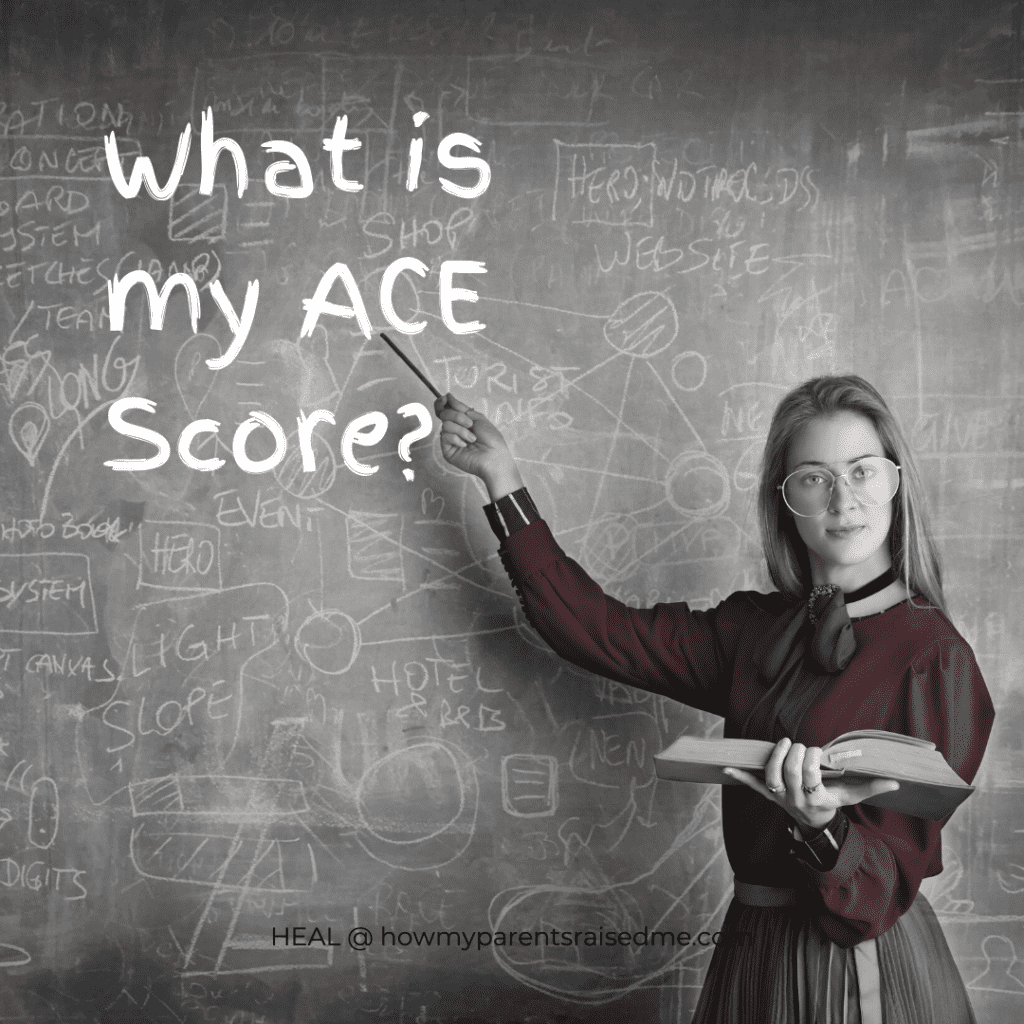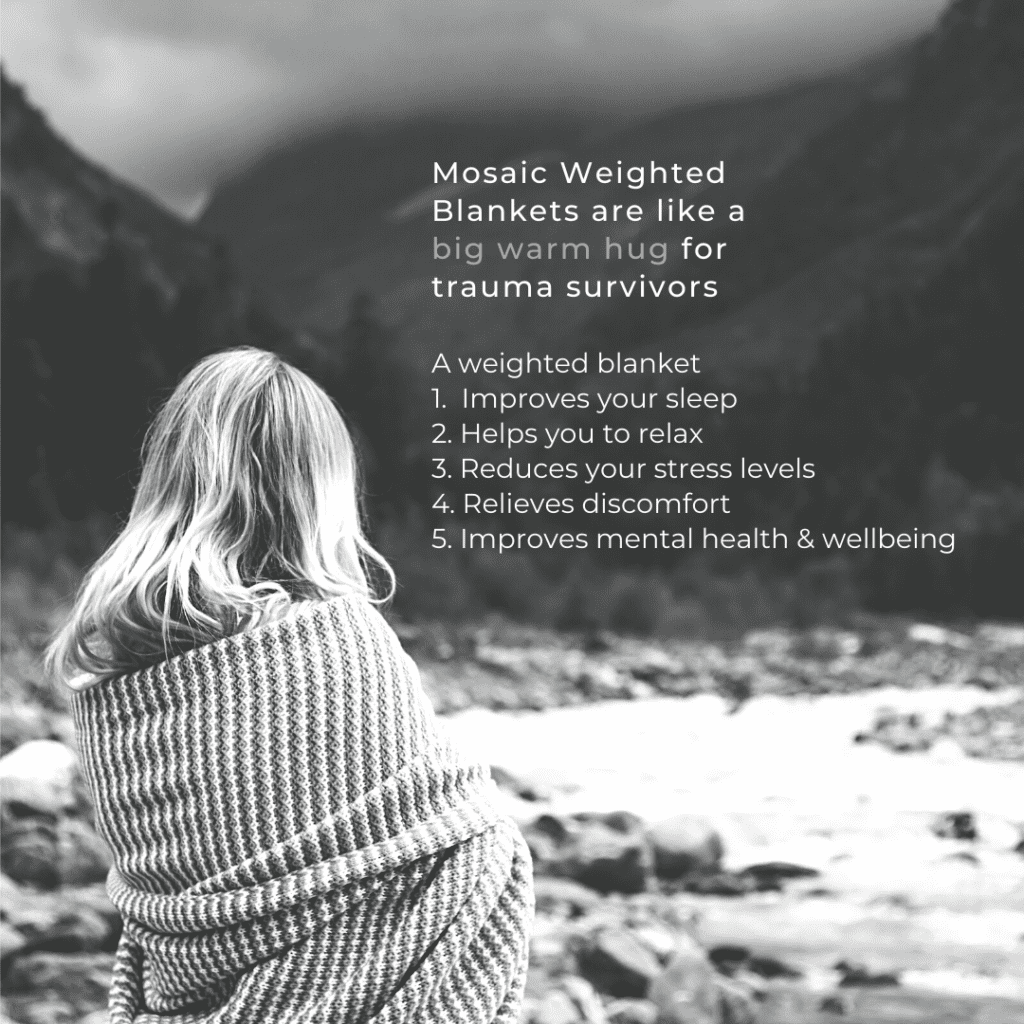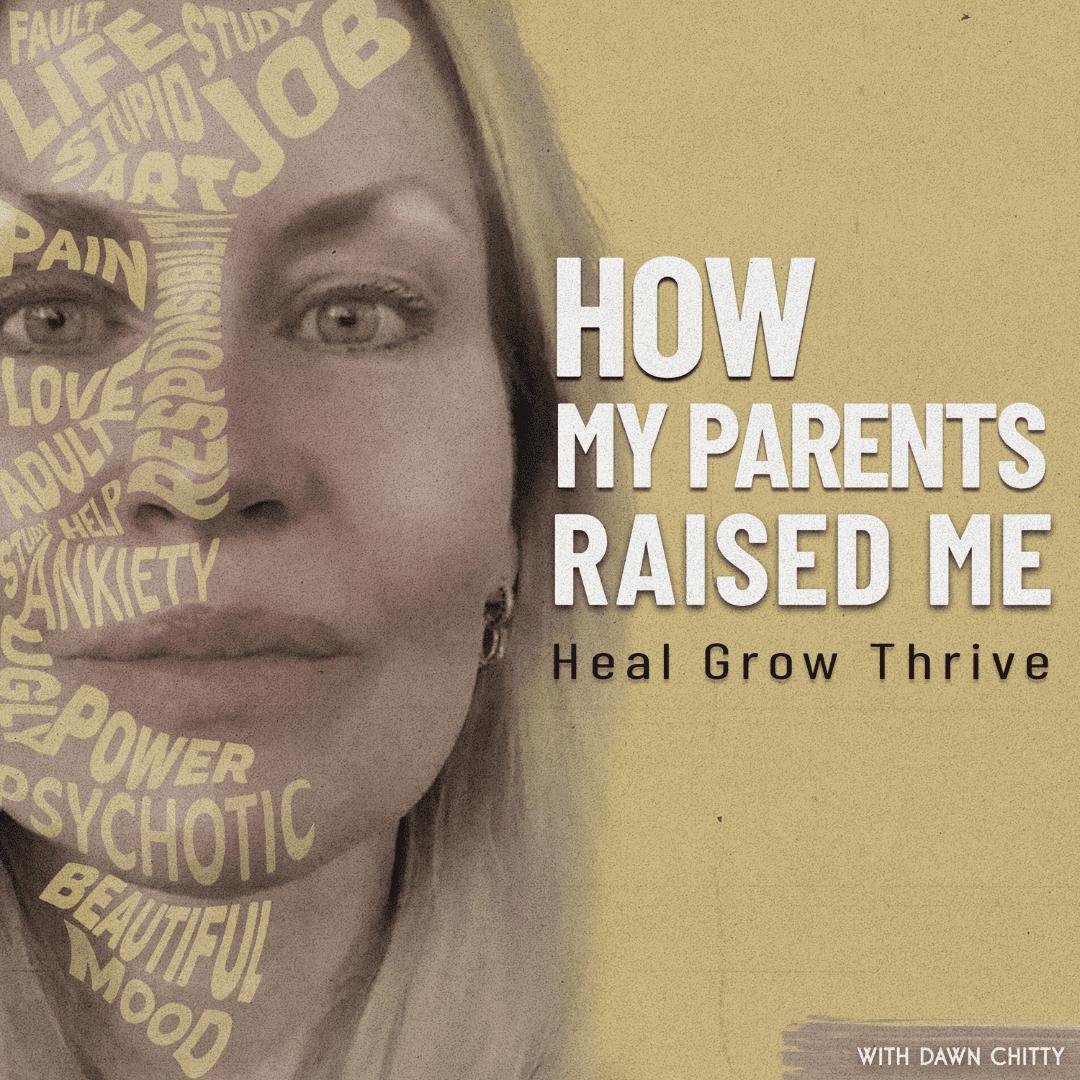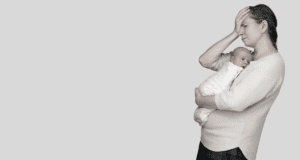What is your ACE score? Find out how much childhood trauma is affecting you as an adult.
ACE stands for Adverse Childhood Experiences.
The ACE study was a study of 17,000 humans in the 1990’s . The participants received a medical examination and they provided detailed information about their childhood experiences of abuse, neglect and family dysfunction. This group was then tracked over time to see what their long term health outcomes were.
An ACE score is a score out of 10 which counts the number of adverse childhood experiences you were exposed to.
Where did the ACE Study originate?
This is such a cool story…
The origin of the ACE Study is actually fascinating. In 1985 Dr. Vincent Felitti couldn’t figure out why, each year for the last five years, more than half the people in his obesity clinic dropped out. The clinic was designed for people who were 100 to 600 pounds overweight.
All participants had been actively losing weight when they left the program. Why would people who were 300 pounds overweight lose 100 pounds, and then drop out when they were doing so well?
On further investigation he found out that all the dropouts had been born at a normal weight. If they lost weight, they would regain all of it or more over a very short period of time.
Dr Felitti decided to do face-to-face interviews with a couple hundred of the dropouts. He asked them questions like… How much did you weigh when you were born? How much did you weigh when you started first grade? How much did you weigh when you entered high school? How old were you when you became sexually active? How old were you when you married?
When interviewing one patient the Doctor got his words mixed up and instead of asking “how much did you weigh when you were first sexually active?” he asked “How old were you when you were first sexually active?”
The patient, a woman, answered, ‘Forty pounds.’” When questioned, she burst into tears and added, “It was when I was four years old, with my father.”
Dr Felitti was shocked, but over the next few weeks he started hearing similar stories from other patients. It seemed many, many patients were confirming they had also suffered sexual abuse as a child.
In fact, out of the 286 people Felitti and his colleagues interviewed, most had been sexually abused as children.
In an interview with one particular woman who had been raped when she was 23 years old she told Felitti that in the year after the rape, she had gained 105 pounds. She told Felitti ‘overweight is overlooked, and that’s the way I need to be.’”
People were gaining weight for two reasons. Firstly, to soothe and numb the pain of their childhood experiences and secondly, to keep themselves invisible and safe.
your

This information was the beginning of a realisation of how much people were using food, sex, alcohol, drugs and cigarettes to escape their fear, anger, depression and anxiety. And it led to the ACE’s Study of 17,000 Americans for up to 15 years on all aspects of trauma and it’s effects.
So what started out as a weight loss program inspired an entire study into adverse childhood experiences.
Dr Robert Anda, the researcher who ran the study, was stunned as the first results from the ACE study came in. “I wept” he says. “I saw how much people had suffered and I wept”.
The research showed there was a direct link between childhood trauma and chronic disease, mental illness and incarceration in adulthood. It showed that two-thirds of the adults in the study had experienced one or more types of ACE’s and the more ACE’s a person has, the higher the risk of mental, physical and social unwellness as an adult.
Let’s take a look at the 10 ACE’s used to measure your ACE Score
1. Physical Abuse
Physical abuse is physical harm. It includes hitting, punching, kicking, shaking, beating, burning, throwing or stabbing.
2. Sexual Abuse
Sexual abuse in childhood is sexual behavior with a child or sexual exploitation of a child. This abuse also includes indecent exposure and using a child in prostitution or pornography.

3. Emotional Abuse
Emotional abuse is behavior that interferes with a child’s mental health. This type of abuse includes verbal abuse, mental abuse and psychological maltreatment.
Emotional abuse can be many things, including:
- Belittling
- Rejecting
- Ridiculing
- Blaming
- Threatening
- Isolating
- Restricting social interactions
- Denying the child an emotional response
- Purposely not talking to the child for extended periods
4. Physical Neglect
Physical neglect is failing to provide for the child’s basic needs. This neglect includes not providing food, clothing, shelter, or medical attention. It also includes a lack of supervision.
5. Emotional Neglect
Emotional neglect is the failure to meet a child’s emotional needs. Emotional neglect includes failing to provide social support or required mental health treatment. This includes when a child’s needs are ignored. An example would be if a baby cried and no one tended to the child.
6. Mental Illness
Living with a relative with a mental health issue can have a significant impact on a child. Depending on their disorder, a parent may not take adequate care of the child. They may also fail to model appropriate behaviors for the child.

7. Incarcerated Relative
Children with an incarcerated parent may grow up primarily in a single-parent household. Having an incarcerated parent is challenging for the parent who is left at home and for the child. The child may also have trauma or feelings of abandonment. The absent parent may also have modelled inappropriate behaviors before imprisonment.
8. Mother Treated Violently
Any violence in the home is traumatic. Witnessing violence toward the primary caregiver affects a child. This impact is because the mother typically is the primary caregiver. A child forms an attachment to her that tends to be stronger than with other family members. A child relies on their mother to take care of them. Seeing her hurt, especially by another loved one, is traumatic.
9. Substance Use
Substance use in the home can lead to a variety of unsafe conditions for the child. Parents may not take care of the child properly. There also may be abuse and domestic violence associated with substance use.
10. Divorce
Divorce can impact children negatively. Some divorcing parents expose children to verbal or physical fighting. They may also ignore the child whilst working through their relationship issues. Some children feel they are to blame for their parent’s divorce. Custody fights may make the child feel unloved or pulled in different directions. In addition, the child could learn unhealthy communication and coping skills.
What is your ACE Score?
Please take the ACE Quiz below, taken from the Center On The Developing Child/ Harvard University
How to do this test
Each time you answer “yes” add 1 point to your score. The total number at the end is your cumulative number of ACE’s.

Before your 18th birthday:
- Did a parent or other adult in the household often or very often… Swear at you, insult you, put you down, or humiliate you? or act in a way that made you afraid that you might be physically hurt?
- Did a parent or other adult in the household often or very often… push, grab, slap, or throw something at you? or ever hit you so hard that you had marks or were injured?
- Did an adult or person at least 5 years older than you ever… touch or fondle you or have you touch their body in a sexual way? or attempt or actually have oral, anal, or vaginal intercourse with you?
- Did you often or very often feel that … no one in your family loved you or thought you were important or special? or your family didn’t look out for each other, feel close to each other, or support each other?
- Did you often or very often feel that … you didn’t have enough to eat, had to wear dirty clothes, and had no one to protect you? or your parents were too drunk or high to take care of you or take you to the doctor if you needed it?
- Were your parents ever separated or divorced?
- Was your mother or stepmother:
often or very often pushed, grabbed, slapped, or had something thrown at her? or sometimes, often, or very often kicked, bitten, hit with a fist, or hit with something hard? or ever repeatedly hit over at least a few minutes or threatened with a gun or knife? - Did you live with anyone who was a problem drinker or alcoholic, or who used street drugs?
- Was a household member depressed or mentally ill, or did a household member attempt suicide?
- Did a household member go to prison?
The ACE score helps us to unlock the puzzle of our trauma and its affects on our physical and mental health.
If you received a score on this test, please ensure you are getting help with working through your childhood trauma.
You might also LOVE this episode with Dr Reshie Joseph A Beginner’s Guide To Trauma.
Source: NPR, ACEsTooHigh.com. This ACE’s Quiz is a variation on the questions asked in the original ACE’s study conducted by CDC researchers










2 thoughts on “What Is My ACE Score?”
I never knew the back story of the ACE score. That’s really fascinating. Thank you for sharing!
Hey Amy, Thankyou. Yes it is a cool story and I’m glad you found it as fascinating as I did! Dawn